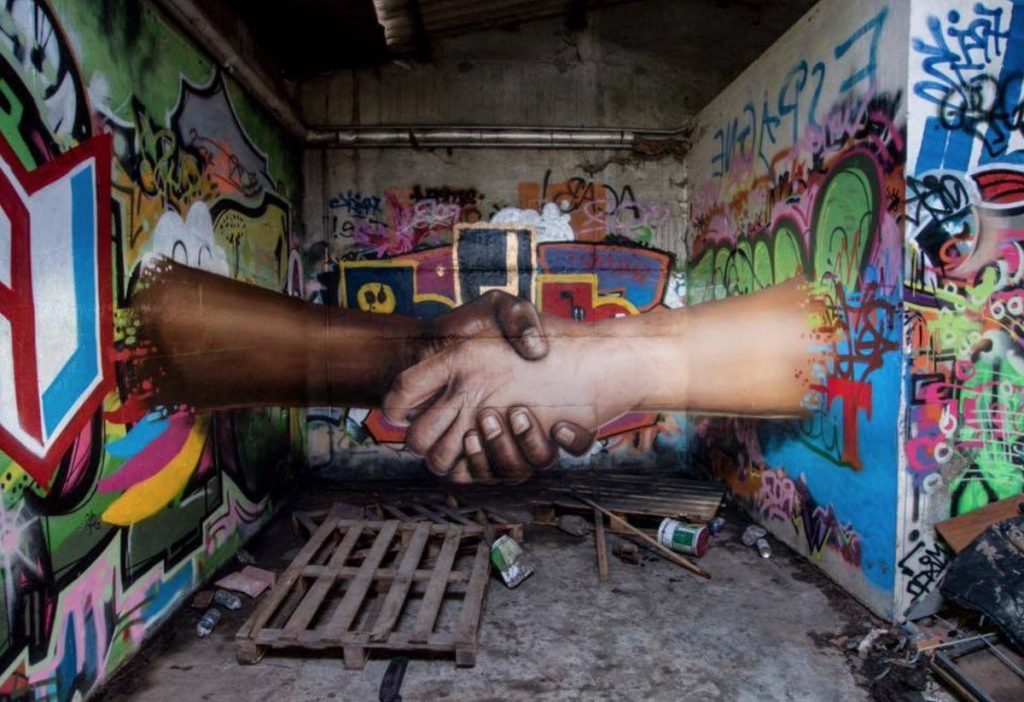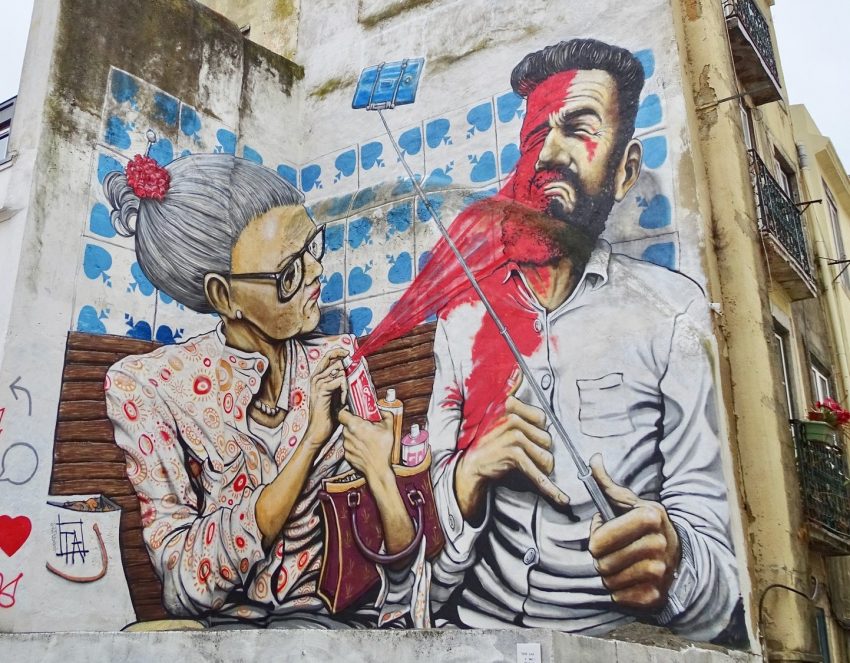The question, “what is graffiti?” might seem simple, but the meaning behind it is far more complex than you might think. Essentially, graffiti is writing or drawing on a surface, usually without the owner’s permission. It can be anything from a simple written word to a detailed wall painting. The reason it’s considered “illegal” depends on the type of work and where it’s done. Read on to find out more about the history of graffiti and the meaning behind it.
Some types of graffiti are permanent, and some of them are more complex than others. The most common type of graffiti is a tag, but there are many types of graffiti. The most common type of graffiti is sprayed on walls and other structures. The term “burn” refers to the process of covering an existing surface. Invisible graffiti is a more subtle, but difficult-to-remove piece. In addition to the visual impact, a burner piece is a statement about one’s style, and the word “burn” may be used to distinguish between an original and a competitor’s work.
Another form of graffiti is called a tag. This style has sharp corners and edges. The term “tag” originated in the classical practice of artists signing their works. This style of writing is commonly called “wildstyle” and refers to the simplest and most robust style. The most common form of this style is the blockbuster style, which is often painted on train sides. The “banner” style is more subtle and has rounded corners.
Термин «спина к спине» – еще одна форма граффити. Этот стиль обычно рисуют под окном автомобиля. Фраза означает «от конца до конца» по-французски. Нередко можно увидеть очертания на стене. Плакаты также являются эффективной формой граффити, поскольку их часто наклеивают на стену. Если вам интересно, “что такое граффити?” тогда вы не одиноки.

The word “graffiti” is an informal way of writing on a wall or other surface. It is a form of street art that involves the use of a single or series of symbols. This style of art is a form of vandalism and can be very offensive to those who haven’t fully embraced the term. However, there are plenty of examples of graffiti. This style of writing is known as tagging.
In the UK, the term “graffiti” comes from the Spanish word’montana’, which means “write”. In Spain, graffiti has been seen on walls and other surfaces for centuries. It is usually unauthorized and contains coarse messages. It’s important to note that there are several different kinds of graffiti. There are two main types: free and complex styles. The freestyle is generally the most common, with a simple message or a message in plain English.
Bubble style is an old graffiti style. The letters are usually in two colors and resemble balloons. The term “bite” refers to the illegal act of copying another sprayer’s graffiti. It is very difficult to read and is not the same as “bites.” Unlike the latter, the former is an illegal act that is intended to copy a graffiti. In this way, it’s not worth stealing the work of another person.
Another form of graffiti is “window-down” style. This style uses abstract letters and sometimes has three-dimensional elements. During the 1970s, graffiti was often racially offensive and used as a threat to gangs. Some of the more common forms of the term include ‘window-down’, “fingering” and ‘window-down’.
The most basic type of graffiti is tags. Some writers use a top-to-bottom style, while others prefer to use ‘wildstyle’ to write words or images. Depending on the context, graffiti is sometimes considered to be an art form. It can be used as a means to express political or social protests. The definition of ‘graffito’ can be a broad, stylized personal signature. It is often accompanied by an arrow.
Some artists use stencils to create their works. While graffiti is similar to stenciling, it is a form of visual communication. While graffiti is an art form, it can also be a type of antisocial behavior. Even though it may be considered a ‘trick’, a street artist may use it to advertise a product or a cause. If an artist’s purpose for doing it is political, it is considered a “trick.”




